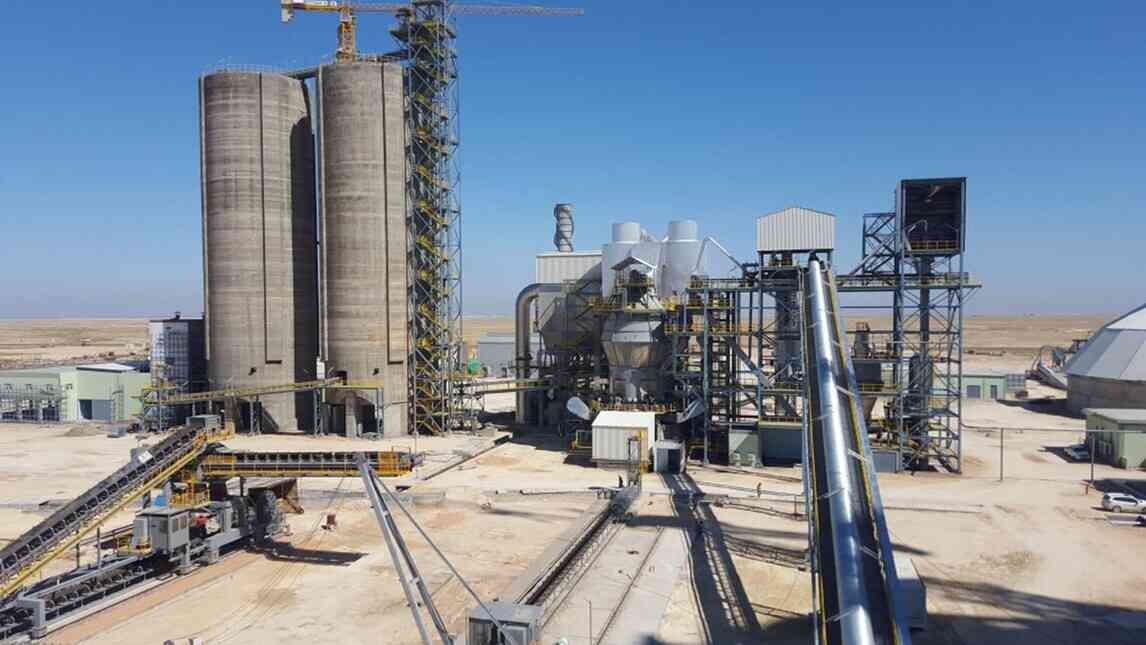It’s been a good week for graphene usage in the cement and concrete industries, with a trial set to take place at Breedon Group’s Hope cement plant and the inclusion of four graphene projects in the Global Cement & Concrete Association’s (GCCA) shortlist for its second second Innovandi Open Challenge.
The trial at the Hope cement plant was scheduled to take place on 28 June 2023, alongside First Graphene, Morgan Sindall Construction and the University of Manchester. The plan was to use 1.2t of First Graphene’s PureGraph product by testing different dispersion methods and dosage rates. The graphene was going to be prepared as a grinding aid and then added to cement grinding mill feed. Dispersion into the cement production line was planned to occur over a 24-hour period using traditional grinding aid dosage lines, with minimal operational or mechanical change required to the existing plant.
The cement produced was then going to be validated by Breedon’s quality control team to assess its performance enhancement. Overall the trial was going to produce around 2000t of graphene-enhanced cement during the trial. This cement will then be passed to Morgan Sindall Construction for real-world construction demonstrations. First Graphene reckoned that the trial was going to produce the largest volume of graphene-enhanced cement manufactured to date.
First Graphene and the other partners haven’t released any information yet on how the trial went. However, the results will be used to build on data obtained from smaller scale trials previously conducted at a concrete processing laboratory in the UK.
Elsewhere, the 15 projects shortlisted by the GCCA, as part of the Innovandi Open Challenge, were set to pitch their ideas for access to the scheme. The benefits of inclusion on the scheme include access to industry plants, laboratories, networks and the expertise and infrastructure of the manufacturer members of the association. 70 applications were made for the second Innovandi round. The first round in 2021 was focused on carbon capture and utilisation and two projects eventually made it to the pilot stage. This time the emphasis is on low-carbon concrete.
The graphene-related contenders for Innovandi in the current round include Nano Crete, Nanospan India, SeaMix and Versarien Graphene. All four companies are promoting concrete admixtures that use graphene. Given the brief for this Innovandi round, these projects are focused on concrete production as opposed to the trial at the Hope cement plant, mentioned above, which is testing graphene addition during cement grinding.
Nanospan India, for example, is promoting its Spanocrete product. It says that its admixture acts as a superplasticizer and accelerator, allowing for reduced cement and water consumption, a shorter curing cycle and an increase in compressive strength. US-based SeaMix (part of MEP Group), meanwhile, has developed its own concrete admixture that uses chopped basalt fibres and graphene. It too offers greater compressive strength and reduced cement consumption for the resulting concrete. However, it also allows for the use of any non-potable water source, a compelling selling point for construction companies trying to minimise the use of drinking water.
It is early days yet for the application of graphene in the cement and concrete sectors. Graphene was first produced at the University of Manchester in 2004. Just under 20 years later and various products are emerging with test projects slowly gathering pace and even commercial applications, such as SeaMix and others, building up their portfolios. Various challenges such as reduced workability, the high cost of graphene or even concerns about simply handling graphene get raised in discussions about the wider adoption of graphene-based admixtures but so far these do not seem insurmountable. We await the outcomes of the trial at Hope and the selections of the second round of Innovandi.





